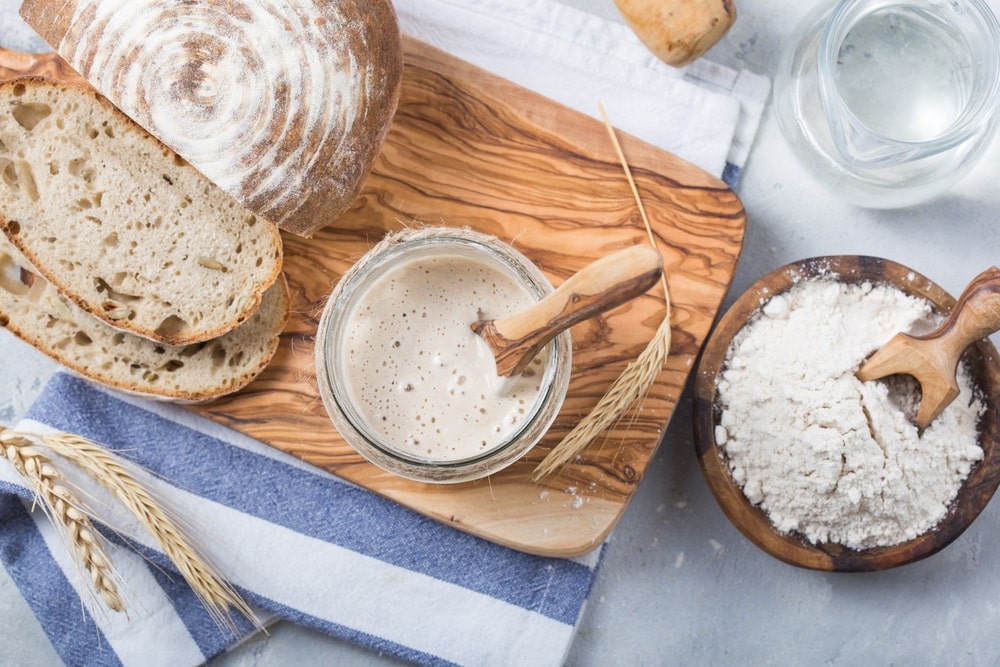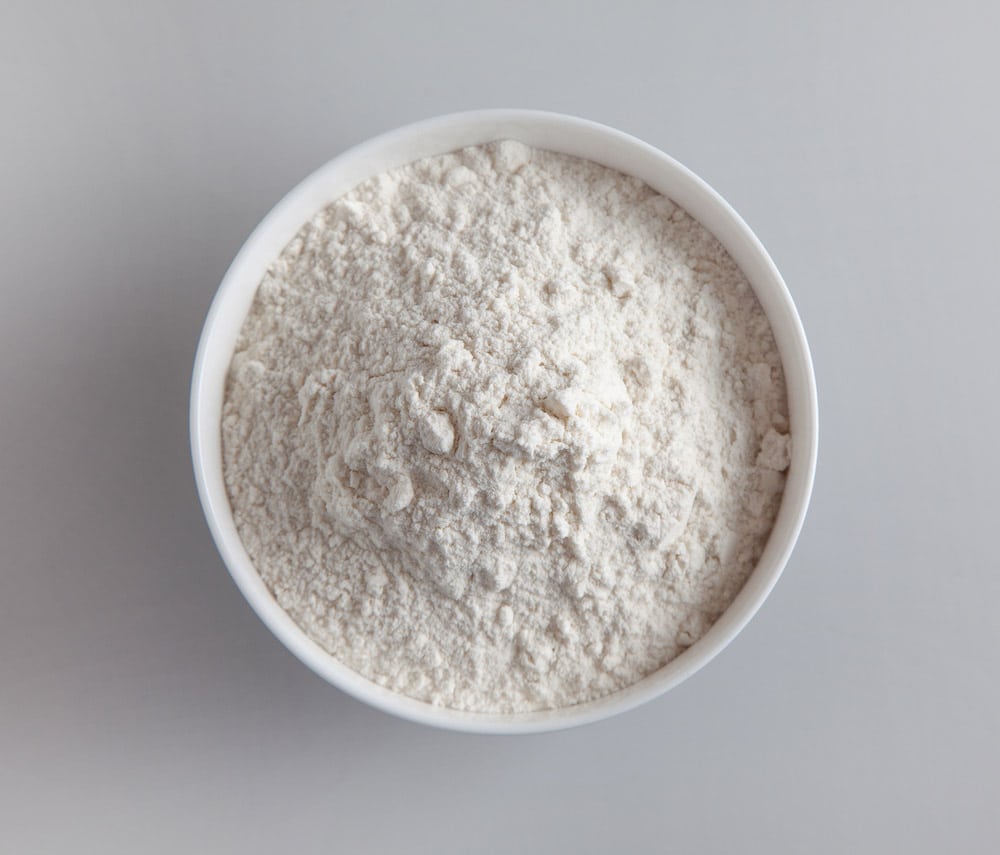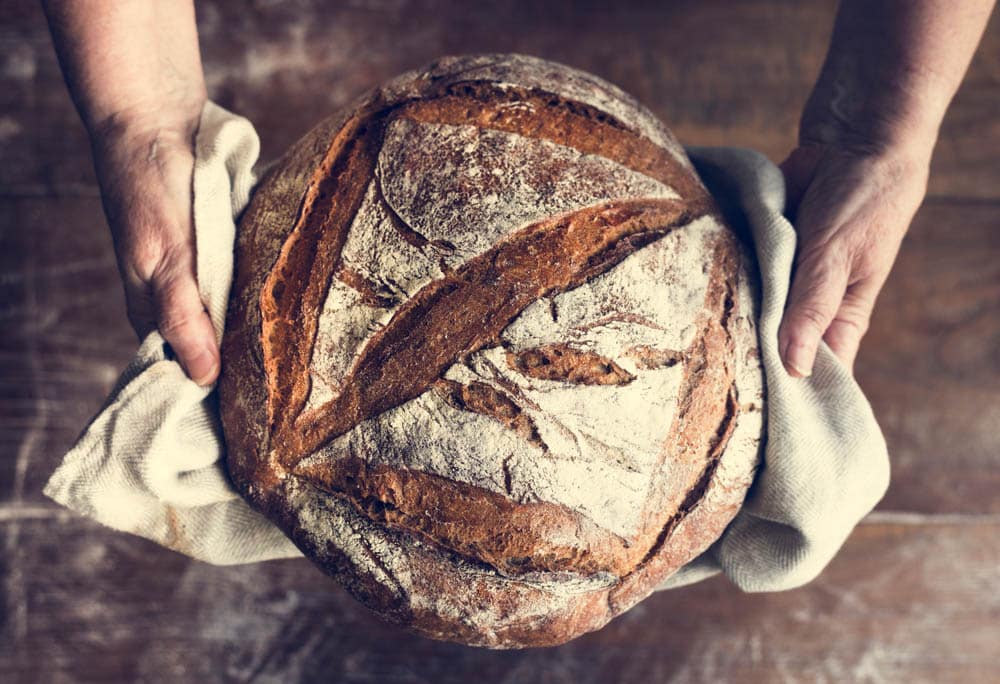
Many people started making homemade sourdough bread during the COVID lockdowns due to shortages and having more time on their hands. The sourdough starter is the raising agent containing natural wild yeasts that are used to get the dough to rise.
It is made by combining flour, and water, and leaving it until the wild yeasts and bacteria have time to propagate. Some home cooks wonder if they can use bleached flour for making a sourdough starter.
Can You Use Bleached Flour For Sourdough Starter?
We’ll get straight to the point – using bleached flour for the sourdough starter is not recommended. The bleach used in the flour refining process kills the natural yeast found on the grain.
You will certainly get better rising by preparing your sourdough starter with unbleached flour. In this post, we will walk you through some reasons why bleached flour is not recommended for making successful sourdough starter batches. Read on!
Where Does the Yeast Come from for Sourdough Starter?
When you make a starter for your sourdough bread, you do not add commercial bakers yeast. Where does the yeast come from then, you may wonder?
It comes from the following places:

1. The flour you use.
This is where most of the yeast in the starter comes from. This is why bleached flour cannot be used because the bleaching process removes all the natural yeast and bacteria, essentially making it a sterile medium.
2. The environment in the room where you keep your starter.
Wild yeast spores are all over – on your work surfaces, in the air, and on you. The types of yeasts found are unique to every town and city on earth. That is what gives different sourdough bread their different flavors.
For example, San Francisco sourdough bread is famous for its unique flavor profile that comes from unique yeasts and bacteria that are only found in that city.

3. The baker’s hands.
Wild yeasts in the environment land in the starter and begin to multiply, joining those that were already in the flour. You cultivate them by feeding the starter every few days.
The yeast cells digest the flour and water present in the starter and in the process, produce carbon dioxide bubbles. This is what you see rising to the top and what makes the dough rise.
What is the best flour to use for a sourdough starter?
Now that we know that you cannot use bleached flour for sourdough bread, let’s look at what flour you can use. As long as you pick unbleached flour, almost any type of flour will work for making a sourdough starter.
- Wholewheat and rye flours produce quick results. Often, a starter made with them will double in size in the first couple of days. However, you will still only be able to use it after about a fortnight but it is an encouraging start for beginners.
- We suggest using a mixture of unbleached all-purpose or bread flour and rye or wholegrain, to begin with. Then, after the first couple of days, proceed with all-purpose flour for feeding for the following weeks.
To Conclude
Making sourdough bread is a fascinating hobby plus the bread is healthier for you than commercial varieties. Just be sure to use unbleached flour and you will be on your way to success!
